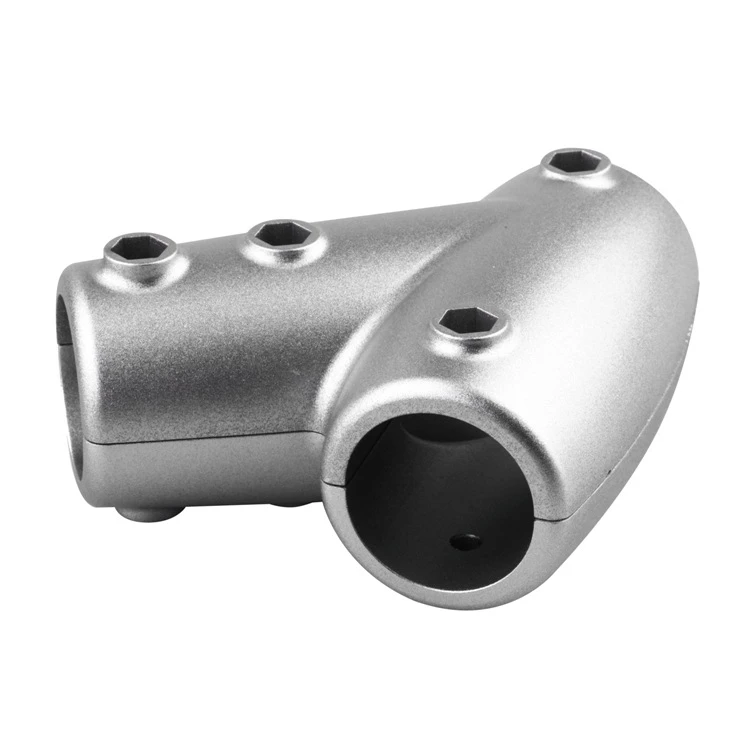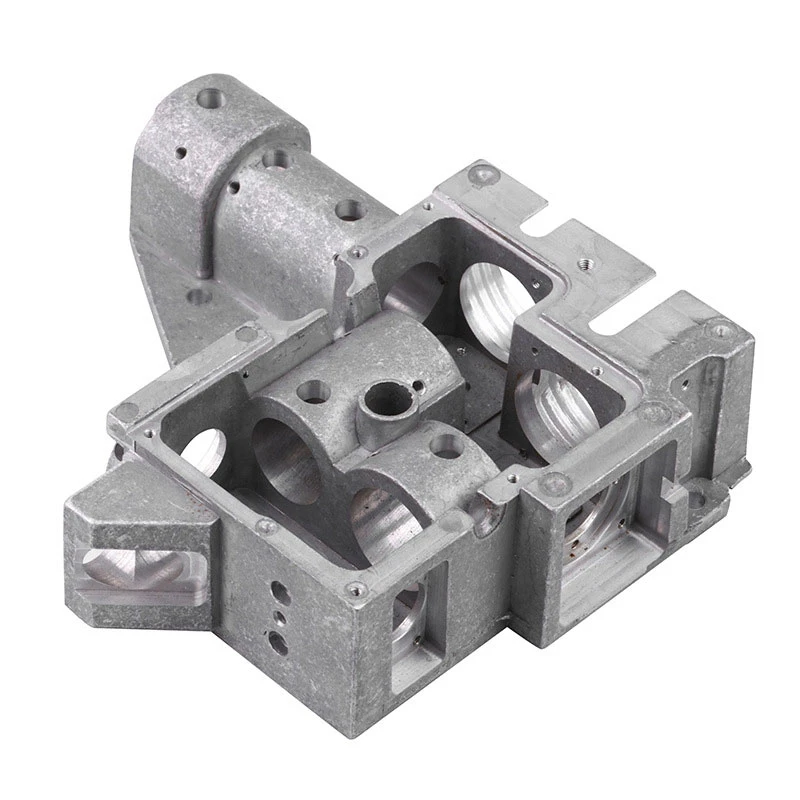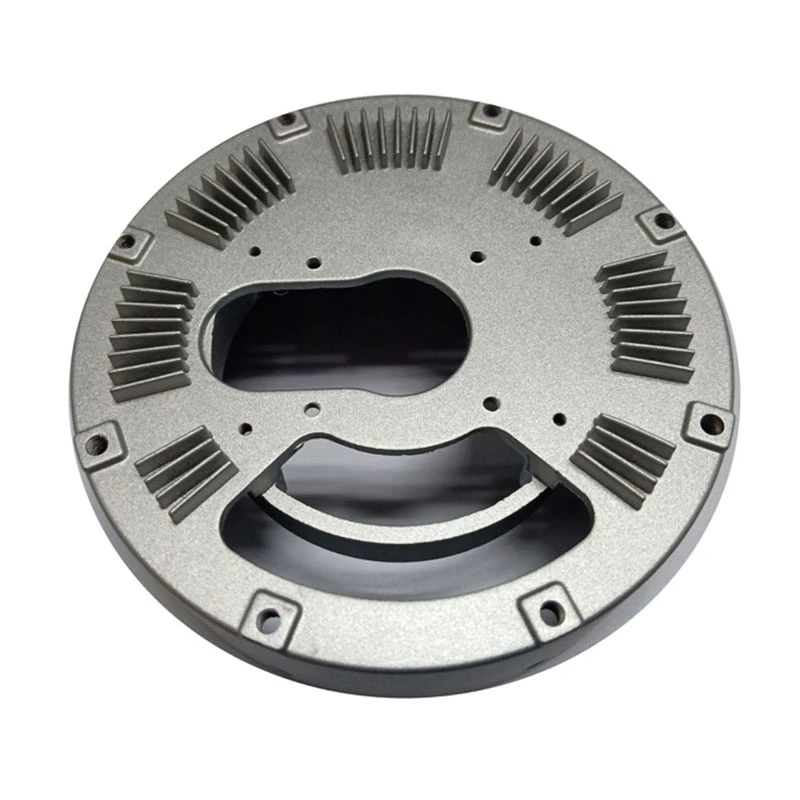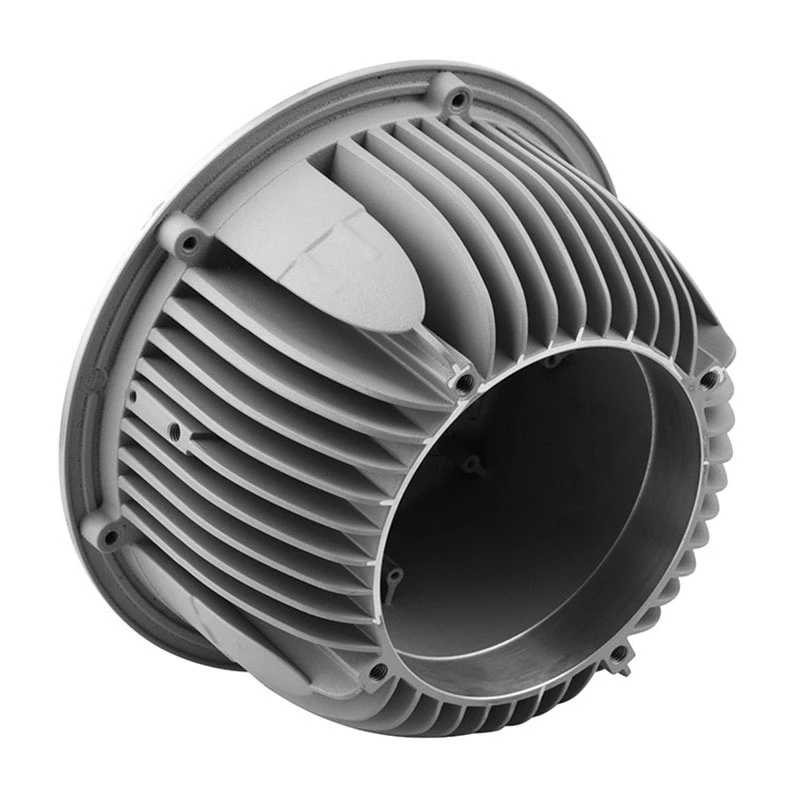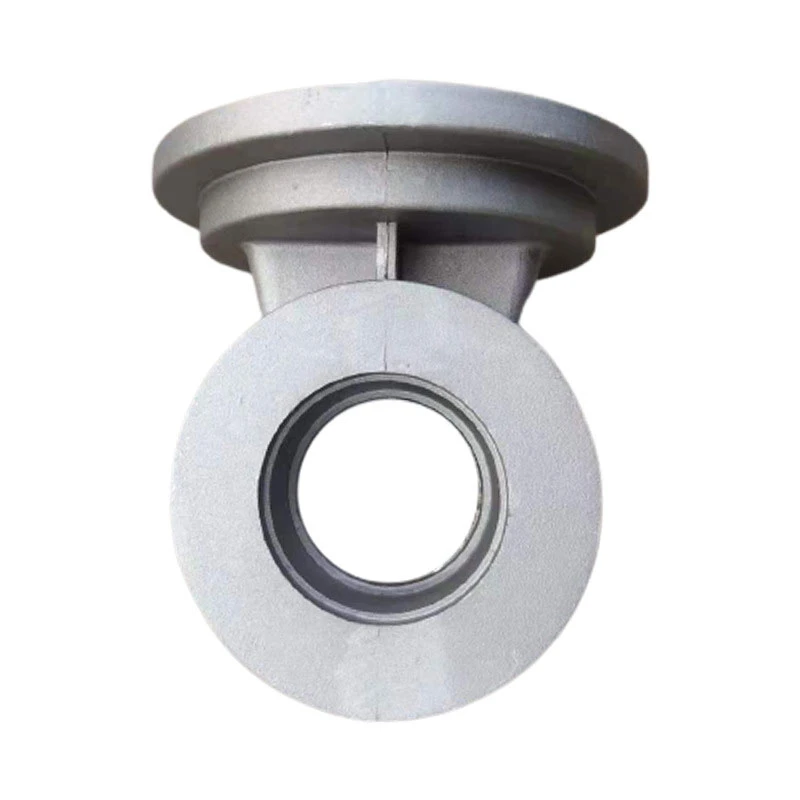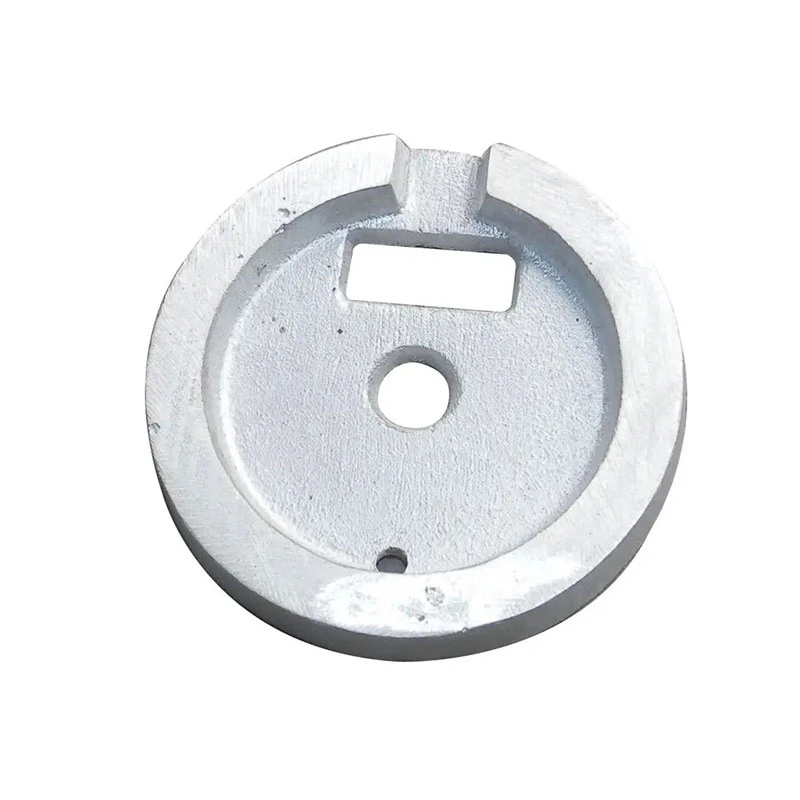die casting surface finish
The Importance of Surface Finish in Die Casting A Comprehensive Overview
Die casting is a popular manufacturing process that involves forcing molten metal into a mold cavity under high pressure. This method is commonly used to produce intricate and complex shapes with high precision. However, achieving the desired surface finish is crucial for the performance, aesthetics, and functionality of the final product. This article explores the significance of surface finish in die casting, the factors influencing it, common finishing techniques, and the benefits of optimal surface quality.
What is Surface Finish?
Surface finish refers to the texture, smoothness, and overall quality of a manufactured surface. It is characterized by parameters such as Ra (average roughness) and Rz (average maximum height of the profile). In die casting, surface finish plays a vital role in determining the visual appeal of the product, its functionality, and its resistance to corrosion and wear.
Factors Influencing Surface Finish in Die Casting
1. Mold Design and Material The quality and design of the die itself significantly affect the surface finish. Molds made from high-quality materials with smooth internal surfaces can produce parts with better finishes. The design should also consider features like draft angles and venting to ensure the escape of gases that may cause defects.
2. Metal Composition The type of alloy used for die casting can influence the surface finish. Common die-casting alloys include aluminum, zinc, magnesium, and copper. Each alloy has unique properties that affect how it flows, cools, and ultimately, how it finishes.
3. Processing Parameters Factors such as injection speed, temperature, and pressure during the die casting process play a crucial role in determining the surface finish. Optimizing these parameters can minimize defects like porosity or cold shuts, leading to improved surface quality.
4. Cooling Rates The cooling rate of the molten metal as it solidifies in the mold can impact the finish. Rapid cooling may lead to a rougher surface, while slower cooling may promote a smoother texture.
5. Post-Casting Treatments Often, die-cast components undergo additional processes like machining, polishing, or coating to enhance their surface finish. These post-processing techniques are essential for achieving the desired surface quality that may not be attainable through casting alone.
Common Finishing Techniques
1. Machining This involves removing excess material from the surface of the part to achieve the required tolerance and finish. Techniques like milling, turning, and grinding are commonly employed.
die casting surface finish
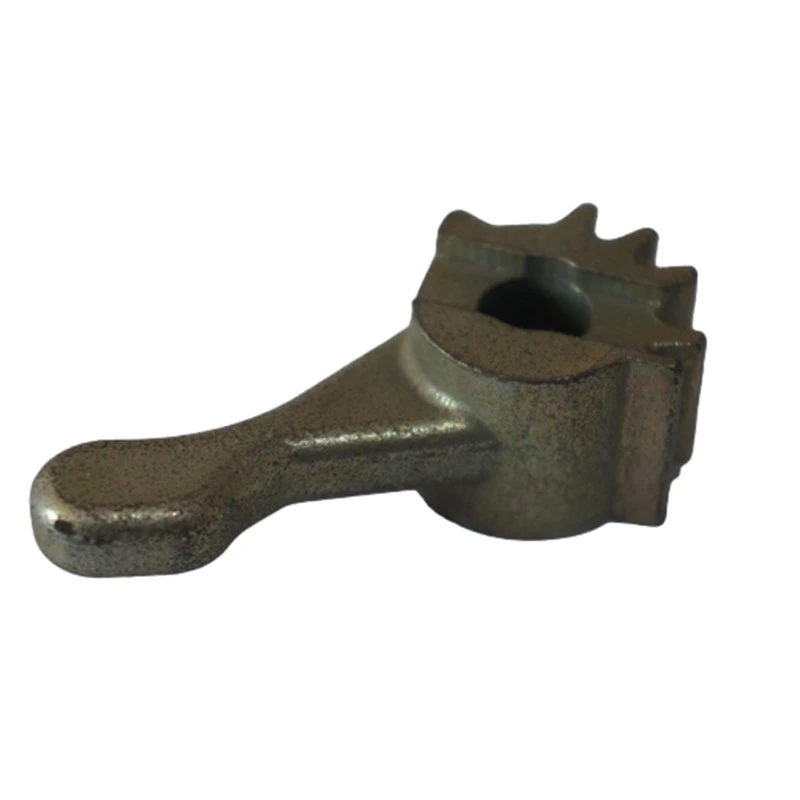
2. Polishing Polishing is used to create a shiny and smooth surface by removing minor imperfections. It can significantly enhance the aesthetic appeal of the die-cast parts.
3. Powder Coating This finishing process involves applying a polymer powder that is cured under heat, creating a durable and aesthetically pleasing finish. It can also offer additional protection against corrosion.
4. Anodizing Particularly for aluminum parts, anodizing enhances corrosion resistance and can also provide a decorative finish. It involves a controlled oxidation process that increases surface hardness and durability.
5. Painting and Coating These methods are commonly used to add a protective layer to the die-cast parts. They not only improve aesthetics but also provide additional protection against environmental factors.
Benefits of Optimal Surface Finish
Achieving an excellent surface finish in die casting provides numerous advantages
- Improved Aesthetics A high-quality surface finish enhances the visual appeal of the component, making it more attractive for consumer products.
- Enhanced Functionality Smooth surfaces reduce friction, which can improve the performance and lifespan of moving components.
- Corrosion Resistance Properly treated surfaces can offer better resistance to corrosion, which is especially critical in automotive and aerospace applications.
- Reduced Assembly Issues Components with better surface finishes fit together more easily, which can reduce assembly time and improve overall product reliability.
In conclusion, the surface finish in die casting is a critical aspect that influences both the functional properties and the aesthetic appeal of the final product. By understanding the factors that affect surface finish and employing effective finishing techniques, manufacturers can produce high-quality die-cast components that meet industry standards and customer expectations.
-
OEM Sand Cast Pump Valve Fittings - Hairun Sourcing | Precision Engineering, Industrial EfficiencyNewsJul.13,2025
-
EcoGuard 3000 - Sustainable Agriculture Solution&Soil Health ImprovementNewsJul.13,2025
-
SmartAgri Solutions: Smart Farming Tech | AI Analytics & IoT SensorsNewsJul.13,2025
-
[Product Name]-[Company Name]|Business Efficiency&InnovationNewsJul.13,2025
-
Smart Factory Solutions-Industrial Efficiency|Real-Time Analytics&Automated WorkflowNewsJul.12,2025
-
OEM Sand Cast Pump Valve Fittings - Hairun Sourcing | Durable, Reliable, CustomizedNewsJul.12,2025








